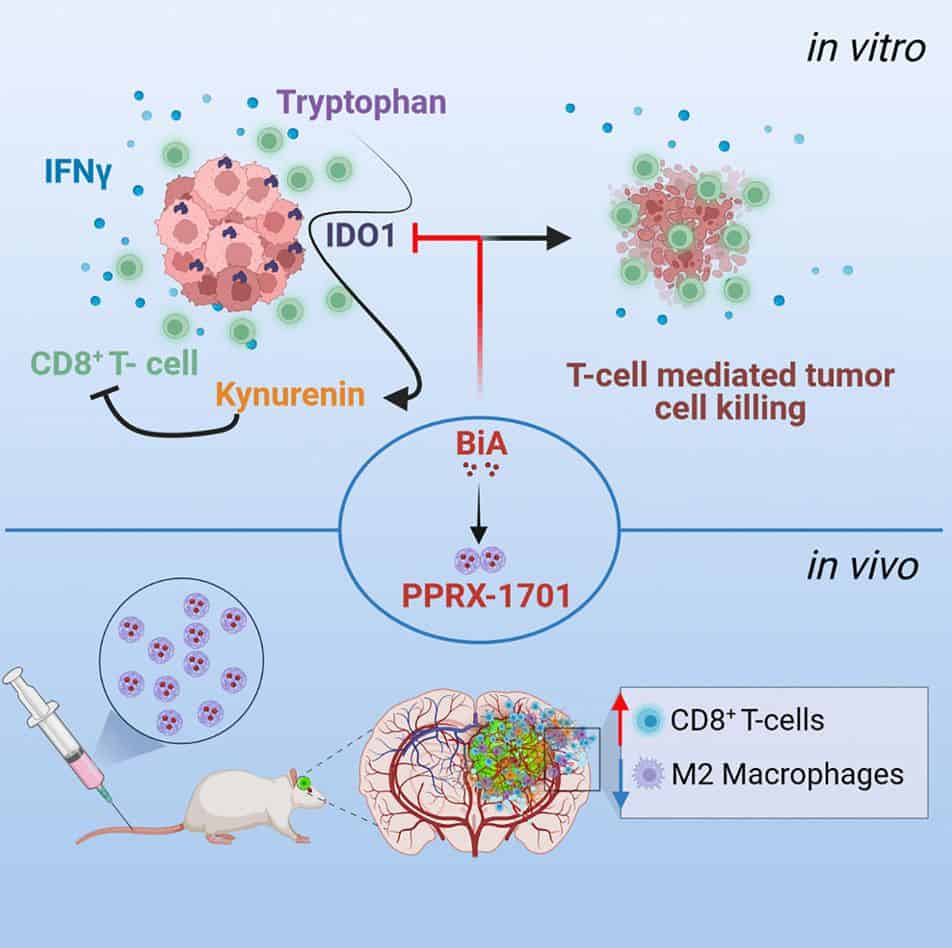Glioblastoma stands out as the prevalent and highly malignant form of brain cancer. Although chemotherapy, radiation, and surgery are the conventional treatment methods, they only alleviate symptoms and do not provide a complete cure or halt the progression of cancer.
A new study has found that a drug made from the natural compound indirubin, used in traditional Chinese medicine, shows promising results in improving the survival of mice with malignant brain tumors.
Recent research has unveiled a potential breakthrough in the treatment of glioblastoma, the most aggressive type of brain cancer, through the use of a drug derived from a natural compound found in traditional Chinese medicine.
According to a study published in Cell Reports Medicine, indirubin, the compound in question, demonstrated the ability to enhance the survival rate of mice with malignant brain tumors.
Furthermore, the researchers developed a new formulation of the drug that is simpler to administer, bringing the prospect of clinical trials with human subjects one step closer.
The group of researchers consisted of scientists from various institutions, namely the Legorreta Cancer Center and School of Engineering at Brown University, the Department of Neurosurgery at Brigham and Women’s Hospital/Harvard Medical School, as well as Phosphorex, Inc./Cytodigm, Inc.
The researchers noted that indirubin, found in indigo plants and a component of the traditional Chinese medicine Dang Gui Long Hui Wan, is a natural substance. It has been used in the management of chronic myelogenous leukemia. They also observed that derivatives of indirubin possess various mechanisms that hold promise in the treatment of cancer.
A decade ago, Lawler and colleagues conducted research indicating that indirubin had the potential to decelerate the growth of glioblastoma tumors in mice. Despite the promising results, they were unable to establish the underlying mechanism behind the compound’s effectiveness. Additionally, the altered drug formulation posed significant challenges to researchers, making it difficult to determine appropriate dosages and efficiently administer it to the tumor.

During their research on indirubin, the team of scientists received communication from Phosphorex, a biomedical firm located in Massachusetts. The company specializes in enhancing pharmaceutical formulations through technology, and had created a patented version of indirubin known as 6′-bromoindirubin acetoxime (BiA), which facilitated the drug’s administration as an injectable cancer treatment.
Through their experimentation on mice with glioblastoma tumors, the research team investigated the impact of BiA, in nanoparticle form, on the immune system. The results confirmed the drug’s ability to hinder the growth and propagation of tumor cells, consistent with earlier studies. Furthermore, the drug exhibited a positive influence on crucial immunotherapeutic targets, thereby improving the survival rate.
“The drug impacted the immune system in these mouse experiments in a way,” lead author Sean Lawler thinks “could enhance clinical immunotherapy in humans.”
The researchers plan to conduct further testing of the drug to determine its compatibility with chemotherapy and radiation. Their ultimate goal is to establish clinical trials involving individuals diagnosed with glioblastoma. Although scientists have been exploring treatments for glioblastoma for many years, there have been few noteworthy therapeutic advancements until now, according to Lawler.
“Over the past 20 years or so, there haven’t been many findings of note that have really impacted survival in a meaningful way, so we are very eagerly looking for new approaches,” points out Lawler.
The findings, according to the author offer “a new approach, and that’s why we’re so excited about it.”
Image Credit: Getty
